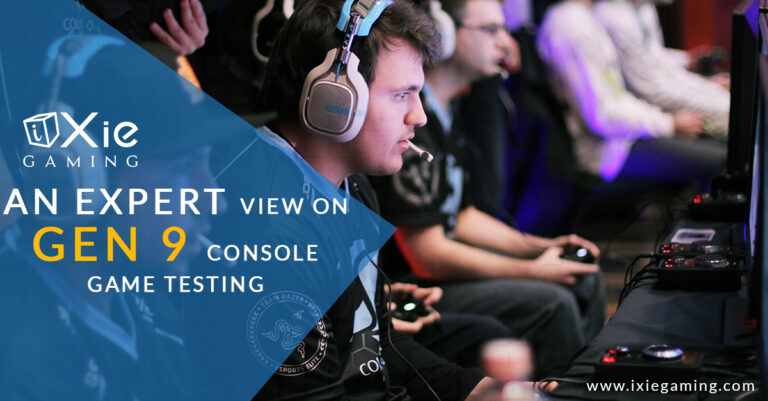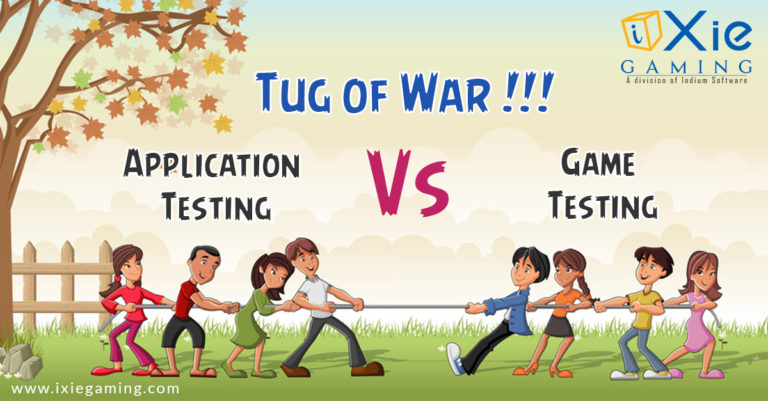Introduction:
Software testing must include image-based testing, which is essential for examining the visual components and user interface of an application or system. It is important in several areas, including game testing. To give players an immersive gaming experience, games mainly rely on engaging graphics, animations, and visual effects. To ensure visual quality, consistency across platforms, adherence to artistic and design integrity, validation of user interfaces, localization, regression testing, and problem discovery, image-based testing becomes crucial. Emphasises the value of image-based testing in assisting localization efforts, validating complex gaming user interfaces, and supporting regression testing to track visual changes. Finally, it describes how image-based testing enables the discovery and correction of visual flaws that may negatively affect the gameplay experience.
What is Image Based Testing?
Image-based testing, commonly referred to as visual testing, is a method of testing software that focuses on validating an application’s or system’s visual components. In order to make sure screens, icons, buttons, graphics, and their behaviour appear and work properly, it entails analysing and assessing the graphical user interface (GUI) elements. Ensuring that icons and images are properly shown, of the right quality, and aesthetically pleasing.
Through visual inspection of the user interface’s design, layout, colours, fonts, alignment, and general graphical representation, testers who utilise image-based testing evaluate an application’s user interface. They contrast the interface’s real appearance with the desired or anticipated one, as specified by the design guidelines or user needs. Ensuring that the UI of the application responds and adjusts to various hardware, screen orientations, and resolutions.

Why Image Based Testing for Games:
Multiple platforms, including consoles, PCs, and mobile devices, are frequently used for the release of games. Image-based testing makes sure that the game’s visuals look good and function properly on a variety of platforms, screen resolutions, and hardware setups. For gamers to have an immersive and interesting experience, visual components such as graphics, textures, animations, and special effects are crucial. Image-based testing ensures that these visual components are visually appealing and meet the appropriate quality criteria. Games frequently follow creative and design principles. Testers can confirm the visual components, such as character models, environments, user interfaces, and animations, preserve design integrity and correspond to the planned creative direction using image-based testing.
By identifying UI elements by their images rather than by their object characteristics, image-based testing gets around this problem. This means that regardless of how the UI element is built, the test may be created to look for a given image on the screen. As a result, testing a game’s UI with images is quite effective.
Image Based Testing Using Airtest Tool:
To recognise and interact with UI elements based on their outside appearance, Airtest uses image recognition techniques. By comparing present images or patterns, it enables users to find and interact with UI elements.
The “Open cv” libraries in Airtest can recognise any image that is submitted for testing and then interact with the associated image. To interact with and verify photographs, Airtest offers several features, including touch, exists, wait, text, and others.

How Airtest Functions Works:
To automate the testing of mobile applications, the operation of Airtest depends on several crucial elements and procedures. Here is a description of how Airtest works.

Figure 1.1 shows a sample game that the Airtest tool can automate using image-based testing; the Airtest tool functions in a manner like how people engage with mobile screens. Human interaction involves touching a button rather than clicking it, and Airtest provides that feature for interacting with UI elements in games and mobile applications. For instance, Focus on the image in (Figure 1.1) It will be possible to perform touch actions on game screens if necessary because a function called “touch()” will be available. It is possible to observe Figure 1.2, which explains how to use the touch function.
touch( )
)
Figure 1.2
The touch function has three inputs: a picture, durations, and timings. Pay attention to the three-parameter example in Figure 1.4. The image is consistent with the image of the corresponding game element, the duration makes sense in terms of how long you want to hold the related image, and the quantity of touch actions you execute is determined by user input. If the input resembles Figure 1.2, a touch action will be performed, and Airtest also has additional features for testing the UI elements of games and mobile applications.

This is how Airtest tool’s image-based game and mobile application testing functions. Airtest tool also supports automating Windows apps.
touch( , durations=5, times=6)
, durations=5, times=6)
Conclusion:
This paper focused on tested mobile game development. We went about the driving forces behind the creation of automated mobile game testing tools, major turning points, and difficulties. We specifically discussed why testing mobile games and test automation is more challenging than testing conventional mobile applications. The fact that native object recognition is less useful in games where the usage of extra object identification techniques, such as picture recognition, is required is one of the main causes.






